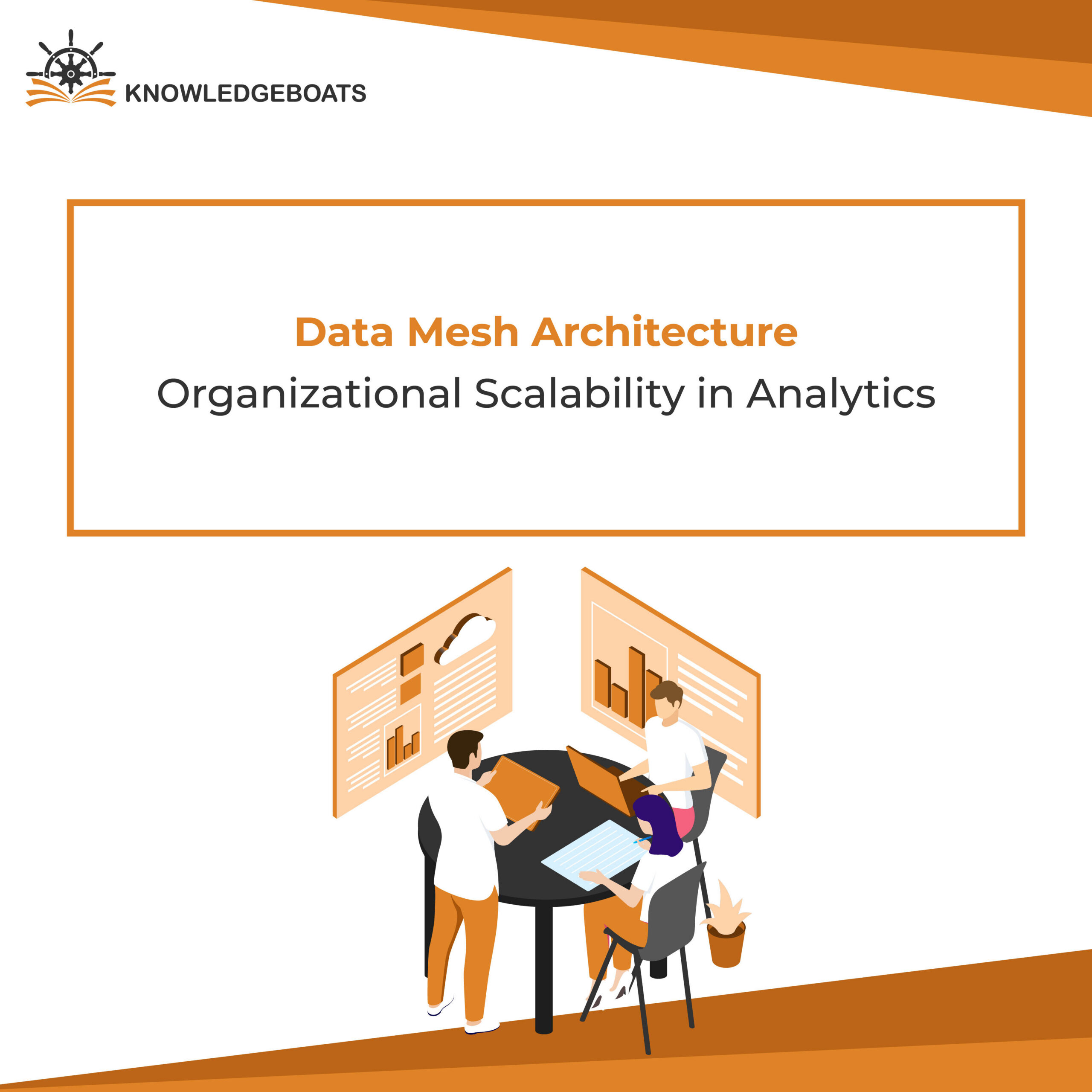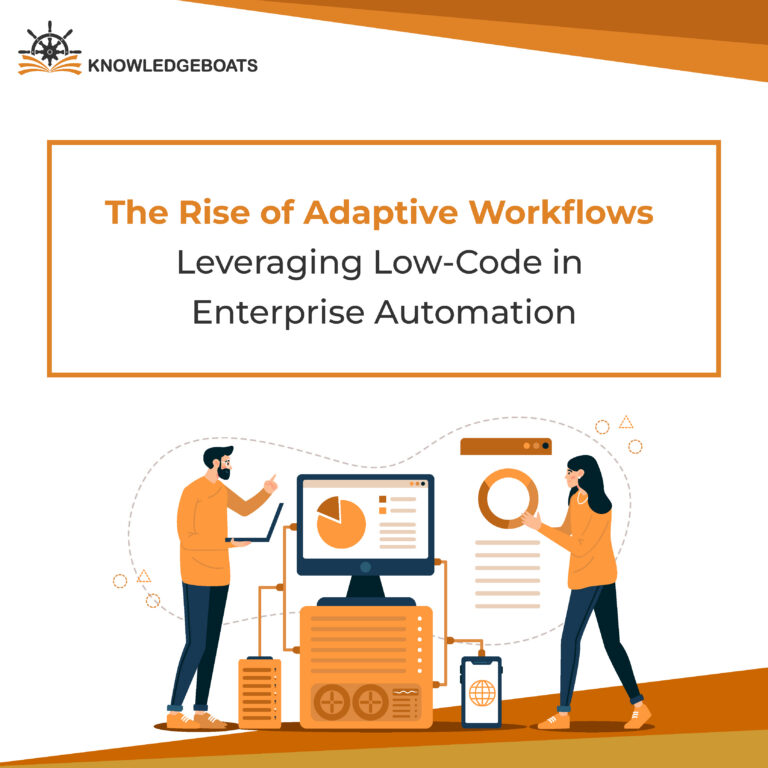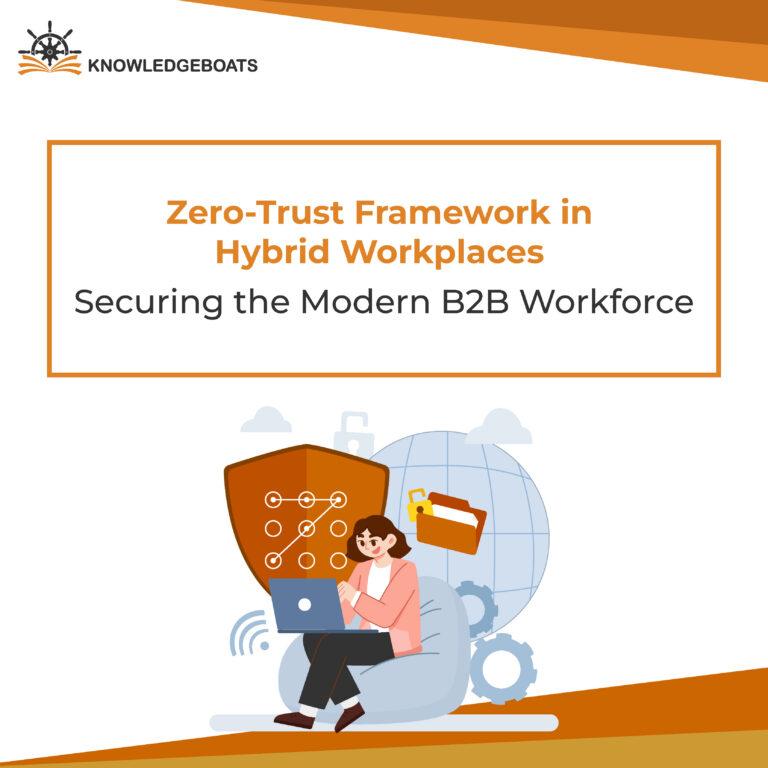
For years, the playbook for enterprise data was simple: centralize everything. We poured massive investments into building central data lakes and warehouses, all chasing the promise of a single source of truth to power our analytics and decision-making.
But for many growing companies, that promise has hit a wall. Instead of a fountain of insight, the central data platform has become a bottleneck. Data teams are buried in tickets, business units are frustrated by delays, and the goal of becoming a truly agile, data-driven organization feels further away than ever.
The problem isn’t a lack of technology. It’s that the centralized organizational model for data simply doesn’t scale. This is precisely the challenge that Data Mesh Architecture was designed to solve. It’s a fundamental shift in thinking, aimed directly at achieving organizational scalability in analytics.
Why Centralized Data Models Are Hitting a Wall
The traditional approach involves a specialized central team that extracts, transforms, and loads data from across the business. This team owns the repository and fields analytics requests from every department.
While manageable at a smaller scale, this model inevitably breaks down in large, complex enterprises. The challenges of centralized data lakes in scaling analytics become clear:
- The Technical Bottleneck: The central data team becomes a perpetual chokepoint. Every new data source, every dashboard change, and every new analytical model must get in line, slowing down the entire organization.
- The Context Bottleneck: Even the most brilliant data engineers can’t be experts in marketing attribution, supply chain logistics, and financial reporting. Context gets lost in translation between the business domains and the central team, leading to misunderstandings, rework, and analytics that miss the mark.
- The Ownership Gap: When domain teams (like marketing or sales) simply hand their data over, they have little incentive to ensure its quality or usefulness for analysis. They “throw it over the wall,” creating a fundamental disconnect between the data producers and their ultimate consumers.
This friction stifles the very business agility that your data strategy is supposed to enable.
What is Data Mesh Architecture? A New Operating Model for Data
Coined by Zhamak Dehghani, data mesh architecture is a decentralized approach that flips the traditional model on its head. It proposes that instead of treating data as a centralized technical asset, we should treat it as a distributed product, owned and served by the teams who understand it best.
This framework is built on four pragmatic principles that are key for enterprise adoption:
1. Domain-Oriented Decentralized Data Ownership
Instead of a central authority, data ownership is distributed to the business domains closest to the data. Your marketing team owns the customer campaign data products; your logistics team owns the shipment data products. This principle of domain-oriented data ownership ensures that the people with the most context are directly responsible for its quality, accuracy, and value.
2. Data as a Product
This is a critical mindset shift. Data is no longer a technical byproduct of an application; it is a product designed for a consumer. Each domain is responsible for delivering “data products” that are:
- Discoverable: Easily found in a central data catalog.
- Addressable: Given a permanent, unique location.
- Trustworthy: Backed by clear quality metrics and SLOs.
- Self-Describing: Packaged with metadata, schemas, and clear documentation.
- Secure: Governed by well-defined access policies.
This “product thinking” ensures that anyone who consumes the data has a seamless and reliable experience.
3. Self-Serve Data Infrastructure as a Platform
To prevent each domain from reinventing the wheel, a central platform team provides a self-serve data infrastructure. This platform offers standardized tools and services (for storage, processing, monitoring, etc.) that empower domain teams to build, deploy, and manage their own data products efficiently. The platform team becomes an enabler, not a gatekeeper.
4. Federated Computational Governance
Data mesh isn’t data anarchy. Instead of a top-down, rigid governance model, it uses a federated data governance approach. A central council comprised of domain representatives, the platform team, and legal/security defines the global rules and standards. The platform then automates the enforcement of these rules, allowing domains to operate with autonomy within a secure and compliant framework.
The Payoff: True Organizational Scalability and Business Agility
The most significant benefit of adopting data mesh for enterprise analytics is how it scales your people and processes, not just your technology. Here’s how it resolves the bottlenecks:
- Parallel Workstreams: By empowering distributed domain teams, your organization can develop dozens of data products simultaneously. This eliminates the central bottleneck and dramatically shrinks time-to-insight. This is the core of scalable analytics with data mesh.
- Higher Data Quality and Trust: When the logistics team is accountable for the “shipment tracking” data product, they have a vested interest in its accuracy. This accountability at the source builds trust across the organization. Consumers know they are getting reliable data directly from the experts.
- Accelerated Innovation: With data mesh and business agility, domain teams can experiment and build new analytical models without joining a six-month backlog. A marketing analytics team can spin up a new lead scoring model in days, not months, because they own the data and have the tools to do it themselves.
The Reality of Implementation
Adopting a data mesh is a significant organizational transformation. The challenges of implementing data mesh are often more cultural than technical.
- The Cultural Shift: The biggest hurdle is evolving the organizational culture for adoption of data mesh. It requires moving from a mindset of central control to one of distributed responsibility and trust.
- Building the Platform: Creating a true self-serve data platform is a serious engineering effort. It must be simple enough for domain teams to use but robust enough to handle enterprise-grade governance and security.
- Bridging Skill Gaps: Not every marketing or operations team has data engineers on staff. Investing in upskilling domain experts and embedding data specialists within those teams is non-negotiable for success.
The Future of Data Mesh is a Better-Aligned Business
Despite the challenges, data mesh represents the most viable path forward for large enterprises that are serious about data. As businesses push for more sophisticated capabilities like data mesh and real-time analytics or advanced AI, the need for clean, accessible, and well-understood data products will only intensify.
The future of data mesh is about creating a resilient, adaptable data ecosystem. It’s less architectural and more an operating model that aligns your data strategy with your business structure. It’s how you stop organizing your business around your data platform and start organizing your data around your business.



